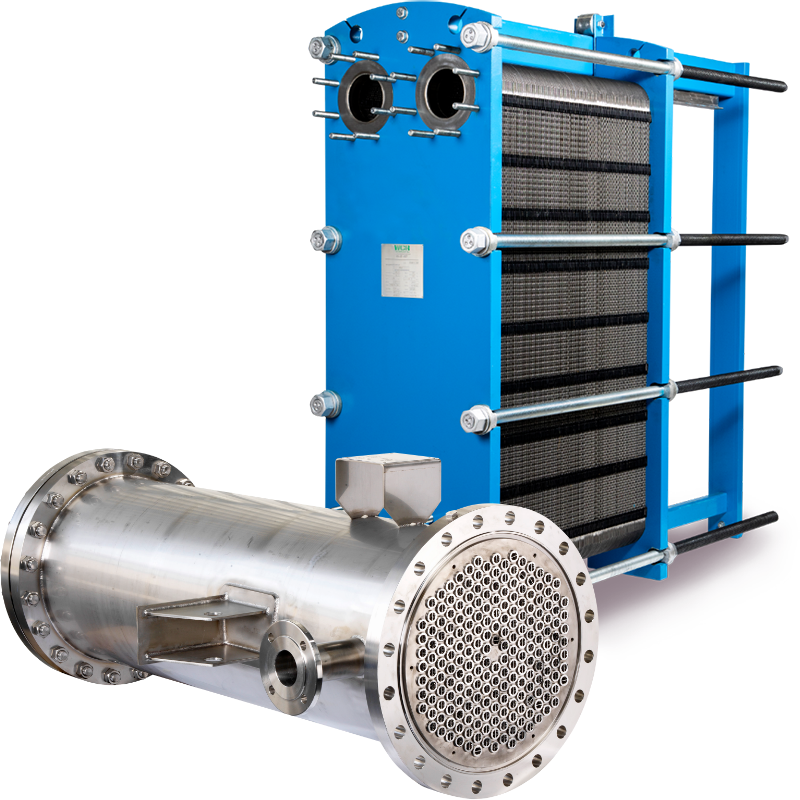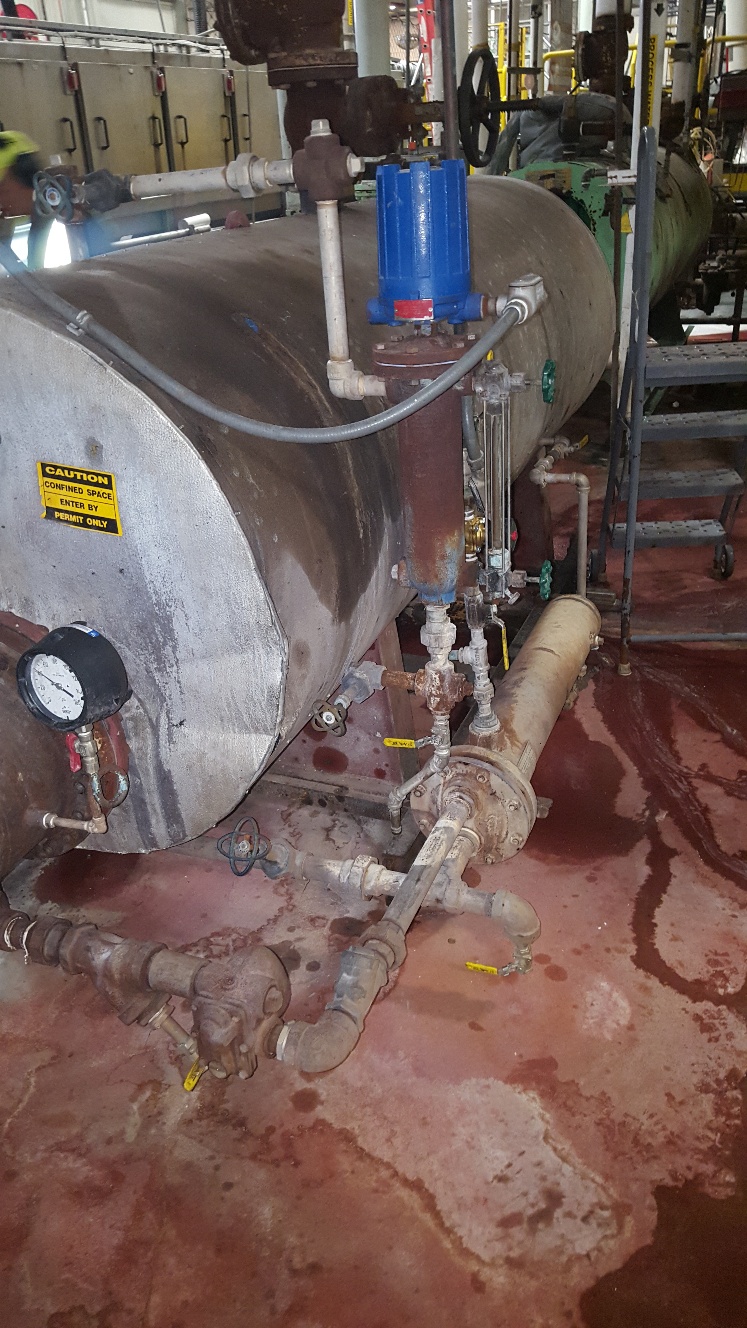How to Measure for a Valve

Measuring for a valve involves gathering accurate information about the system, process requirements, and existing components to ensure you select the right valve size and type. Here’s a simple step-by-step guide to help you measure for a valve:
-
Understand the Application:
- Clearly define the purpose of the valve within your system. Is it for isolation, throttling, control, or another function? Understand the flow characteristics, pressure requirements, temperature range, and the type of fluid or gas the valve will handle.
-
Gather System Information:
- Measure the pipe diameter or size where the valve will be installed. Record the pipe material, wall thickness, and any relevant standards (e.g., ANSI, DIN) that apply to the piping system. This may include inner and outer diameters of pipelines.
-
Determine Flow Rates:
- Calculate or estimate the maximum and minimum flow rates the valve will need to handle. Consider both normal operating conditions and potential surge or emergency scenarios.
-
Calculate Pressure Drop:
- Determine the allowable pressure drop across the valve based on your system’s requirements. This will help you choose a valve that doesn’t excessively restrict flow.The general formula for calculating pressure drop across a pipe or component is:ΔP = K × 0.5 × ρ × V²Where:
- ΔP is the pressure drop.
- K is the resistance coefficient or pressure drop factor specific to the component (e.g., valve, pipe, fitting).
- ρ is the density of the fluid.
- V is the velocity of the fluid.
- Determine the allowable pressure drop across the valve based on your system’s requirements. This will help you choose a valve that doesn’t excessively restrict flow.The general formula for calculating pressure drop across a pipe or component is:ΔP = K × 0.5 × ρ × V²Where:
-
Identify Valve Type:
-
Check Material Compatibility:
- Ensure the valve materials are compatible with the fluid or gas being handled to avoid corrosion or erosion issues.
-
Select Actuation Type (if applicable):
- If the valve requires an actuator (pneumatic, electric, scotch yoke), determine the appropriate actuation type and size that can provide the necessary control and response.
-
Consider Special Features:
- Determine if the valve needs any special features like anti-cavitation, noise reduction, or fire-safe design.
-
Space and Installation Considerations:
- Measure the available space for the valve installation, including clearance for valve operation and maintenance.
-
Consult Manufacturer Data:
- Refer to manufacturer catalogs and technical data sheets for valve sizing and selection information. Manufacturers often provide sizing charts, Cv (flow coefficient) values, and other relevant data.
-
Consult with Experts:
- If you’re unsure about any aspect of valve selection or sizing, consult with Apex. Our team of experts provide guidance based on their expertise.
-
Double-Check and Verify:
- Once you’ve made your valve selection based on calculations and recommendations, double-check all the gathered information and specifications to ensure accuracy.
-
Consider Future Needs:
- Anticipate any potential changes or expansions in your system and select a valve that can accommodate future needs.
-
Document Everything:
- Keep thorough records of your measurements, calculations, specifications, and valve selection process for future reference and maintenance purposes.
Remember that valve selection is a critical process that can impact the efficiency and safety of your industrial system. Taking the time to measure accurately, consult relevant resources, and consider all the factors will help you choose the right valve for your application.
Are you still unsure of how to measure correct for a valve? Call Apex and let us do the work for you!
Our team will travel to your plant, take down all the necessary measurements for you, and provide you with our recommendations and several options to choose from. Fill out the form below for more information.
Recommended Posts




